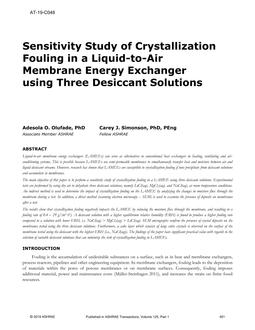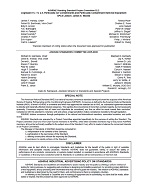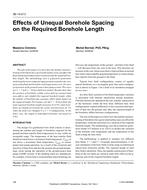Reviews fundamental principles governing gas-phase sorption and chemisorption and presents mathematical models of gas-phase air-cleaning devices, based on these principles, that may be used for the practical analysis of integrated building/HVAC systems utilising these devices. Three families of models are presented, all accounting for the equilibrium limits of the sorption process and (optionally) first-order chemical kinetics on the sorbent surface. Individual members of each family are distinguished by the sorption equilibrium, used in their formulation. The simplest family is based on the assumption that boundary layer and pore diffusion is not rate limiting; the second accounts for rate-limiting boundary layer transport; and the third, most complete, model family accounts for both boundary layer and pore diffusion transport. A low-concentration general Polanyi-Dubinin-Radush-kevich adsorption isotherm is presented to allow implementation of the proposed models. The models have been implemented commercially available dynamic system simulation software so that they may be integrated with existing component models for air quality analysis to allow the analysis of integrated building/HVAC systems. Encouraging are validation studies that compare the measured breakthrough behaviour of sorbate/sorbent systems with predicted results; these will be reviewed. Two practical applications of the models will be presented – a simulated test of a portable filtration device and the design development of a new foam-bed activated-carbon filter system for an airport terminal building.
KEYWORDS: air cleaning, buildings, air quality, indoor, gas, calculating, analysis, adsorption, air filters, adsorbents, properties
Citation: Symposium, ASHRAE Trans. 1994, Vol.100, Part 2
Product Details
- Published:
- 1994
- File Size:
- 1 file , 1.9 MB
- Product Code(s):
- D-17687


